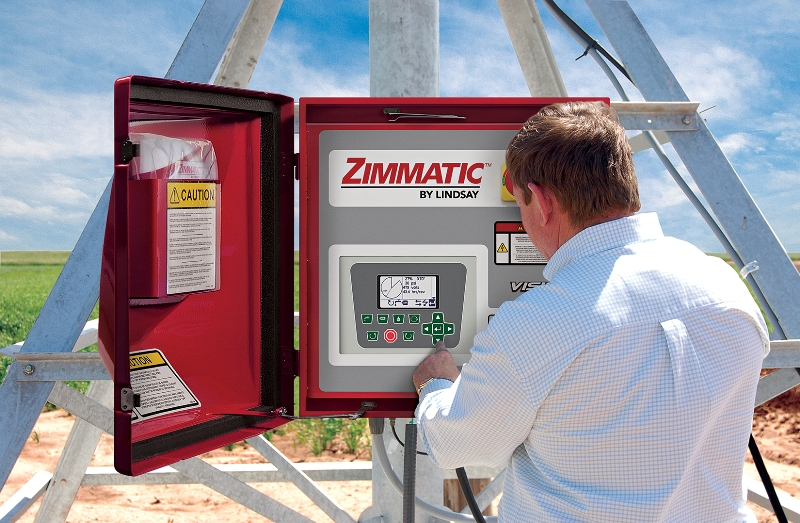Repair and maintenance of Center Pivots

The Centre Pivot irrigation method is very widespread throughout the world, because this technique has many advantages:
• automatic operation for labor savings and minimal maintenance;
• irrigation quality: perfect distribution and ideal application rate with the new generation of sprinklers;
• saving on water and energy because it operates at low pressure;
• optional new equipment allows for practically the whole field to be irrigated;
• low annual maintenance costs;
• very reliable.
Because a centre pivot works automatically and is very reliable means that the farmer may forget that there are certain maintenance operations to be carried out. The farmer should not forget to carry out an annual maintenance program.
What are the points to check?
The advantages of regularly maintaining the pivot
Scheduling an annual maintenance operation will guarantee greater reliability and a longer life for the equipment. Irrigation is a crop-growing technique and just like fertilization or weeding it will help to increase the final yield. It is vital to avoid break-downs during the season.
The pivot’s return on investment will then be so much greater.
Monitoring and control of the nozzles
This is important because it is the nozzles that control the quantity, quality and uniform distribution of water application programmed by the user.
Apart from simply checking the system visually to ensure that it is working properly, it is also recommended that the installation’s flow rate should be checked; an increase or decrease in the flow rate could be caused by use or by a partial blockage of the nozzles. In this case the hydraulic performance of the pivot will have changed.
It is still quite difficult to provide standard guidelines regarding the frequency for changing the nozzles, sprinklers and pressure regulators.
The conditions of use are very variable and must be considered in context according to:
• operating pressures
• number of operating hours per year
• water quality, especially if there is significant sand in the water
• type of sprinkler used
Generally, we can assume that the rotating sprinklers have a working life of 10,000 hours and the impact sprinklers 7,000 to 8,000 hours.
In supplemental irrigation markets, the farmers push their equipment to the limit as far as the life and performance of the sprinklers and pressure regulators are concerned, because the crop will not suffer unduly even if the sprinklers are operating properly. However, in areas where more water is required or for higher margin crops, the producers have to ensure that the pivot is checked regularly and that the nozzles are replaced more frequently.
We cite the example of the North-east Pacific zone of the United States where many farmers grow potatoes. This root vegetable is the primary crop rotated every 4 to 5 years with other irrigated crops. The pivots operate 2,000 to 2,500 hours per year. The farmers in this area replace the sprinklers and pressure regulators in the spring when they plant the potatoes, to ensure optimum irrigation for the most important crop in the rotation.
In conclusion, as with any mechanical or electrical equipment, the pivots require regular check-ups. These annual programs are very simple to carry out. On large farms, where there are a large number of pivot systems, the farmers carry out their own maintenance and replace the faulty parts with spares that they often have in stock themselves.
For smaller farms, the installation dealers organize winter training sessions for their customers.
Today, sprinkler replacement is driven by the desire to replace sprinklers on top of the pipe with more efficient rotating sprinklers on drops in order to save water and energy.
Author : Frédéric Noguier, Lindsay